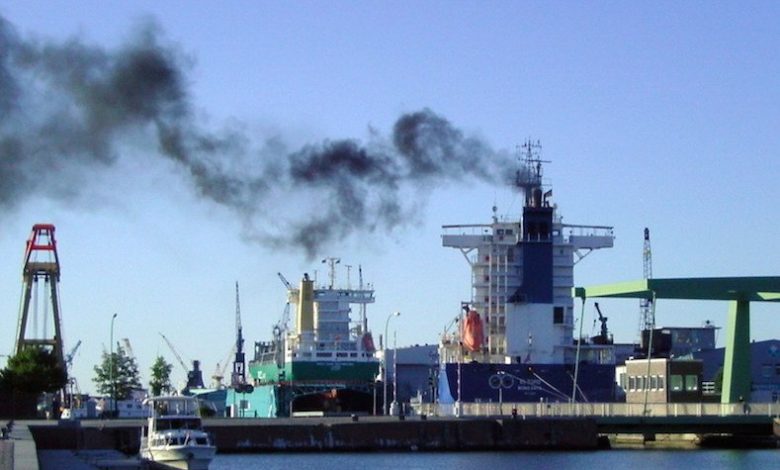Carbon calculators proliferate ahead of imminent EU ETS inclusion

With 26 days to go until shipping is included in the European Union Emissions Trading Scheme (EU ETS) brokers and tech firms are falling over themselves to offer clients carbon calculators.
From 1 January 2024, shipping will be included in the EU ETS. As a result, vessels visiting EU ports will be required to offset their applicable CO2 voyage emissions through the purchase of an equivalent number of EU Allowances (EUAs).
London-headquartered shipbroker SSY debuted its own carbon calculator yesterday with the company’s head of carbon markets, James Ash, commenting: “Adding shipping into the EU ETS is very complex and can be daunting for many within the maritime sector.”
Meanwhile, maritime tech giant Veson Nautical has just rolled out its Emission Expense Settlement Workflow, enhancing its EU ETS contract management solutions for individual voyages into the EU. Veson’s IMOS platform now provides users with a digital commercial management solution to assess the commercial viability of each contract based on their carbon exposure and costs, and to settle their emission expenses depending on the clauses in their contracts. Users can now track the settlement of emissions expenses using cash, EUAs or a combination of the two for each charter party within the IMOS platform. This follows the polluter-pays principle, where the party directing the vessel into the EU covers the cost of emissions.
Elsewhere, Maritime Carbon Solutions (MCS), a joint venture between New York-based maritime software firm OrbitMI and broking giant Ifchor Galbraiths, has developed an Emissions Estimator tool to deliver a readout of estimated CO2 emissions on various routes, showing both EU ETS cost exposure and the impact on the IMO’s Carbon Intensity Indicator (CII). MCS claims to provide emissions cost predictability for stakeholders by using AI-generated data from nearly 15,000 voyages on the Orbit platform.
With Emissions Estimator, the end-user creates a voyage route by inputting origin and destination ports, as well as reasonable expectations for time in canals and activities at ports along the way. The system then returns a visualisation of the route, its length in nautical miles, overall duration and estimates for bunker consumption, overall CO2 emissions, the voyage’s impact on CII and its EU ETS exposure. The impact of weather on the route is also taken into account.
“With thousands of voyages from all segments, the machine learning in the Orbit platform has already established a position as a reliable supplier of crucial accuracy for the industry,” said Kenneth Aasland, a director at Ifchor Galbraiths.
